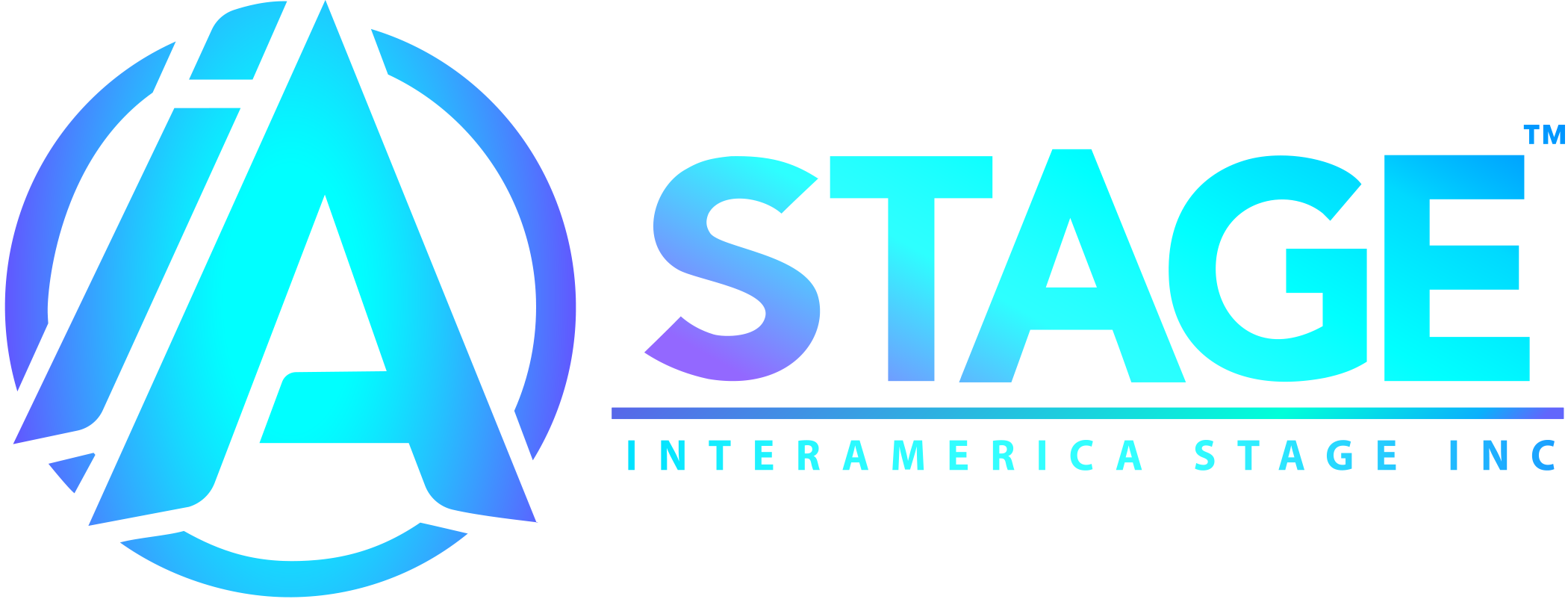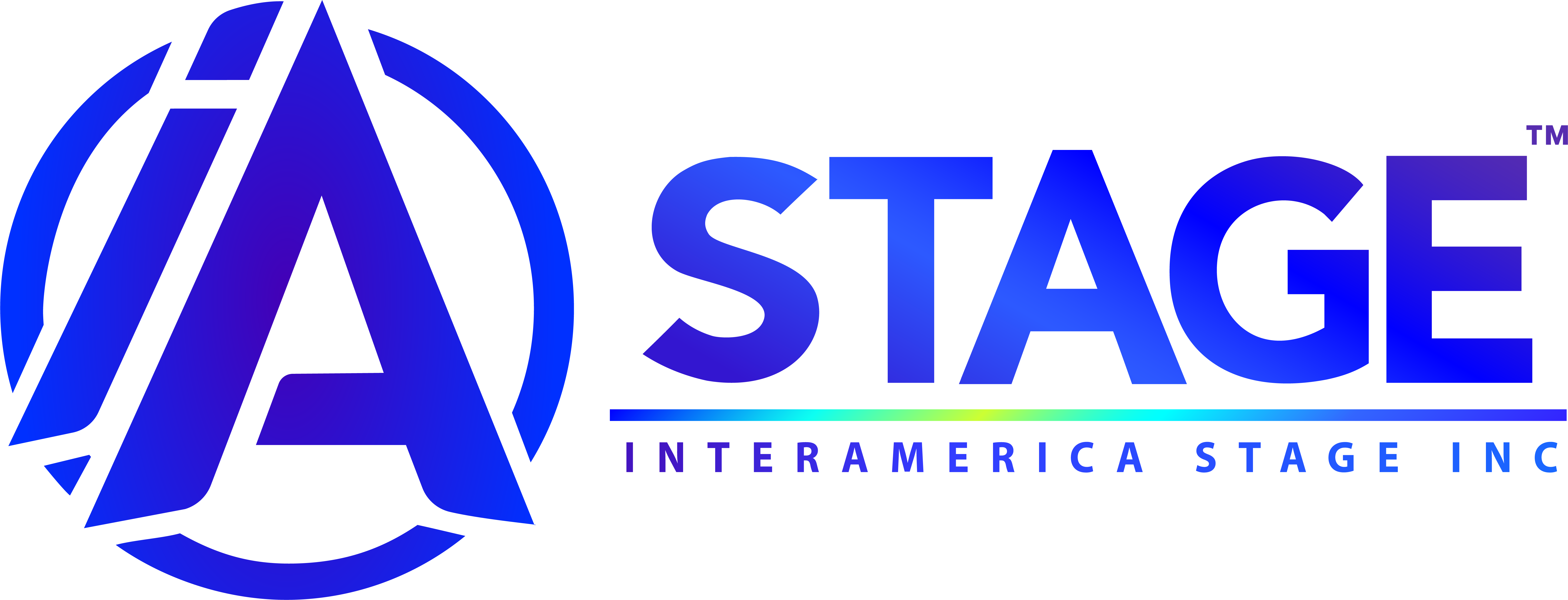Chasing a Dream…And Catching It!


There’s been quite the buzz around the NBA Golden State Warriors’ Chase Center for the past few years. GSW President and Chief Operating Officer, Rick Welts, set a high bar from the get-go when he said, “We wanted to build the Madison Square Garden of the West.” Stephen Collins, Chase Center’s former General Manager, echoed Welt’s sentiments. “Chase Center and the surrounding entertainment district will set the bar within the industry for design, experience and operational excellence,” said Collins. Kim Stone, Chase Center’s current GM, spoke of “reimaging the event experience…for the Bay Area, and, really, the world.”
The venue officially opened in September 2019. Does the vision hold up? Robert Powers of IATSE Local 16 and Chase Center’s head rigger put it this way, “[Chase Center] is one of the best production-friendly arenas I’ve ever been in.” Speaking some sixty days after the arena had opened, Powers said, “We’ve only had 16 events here, and we look great. Our [load-in and load-out] times are admirable, bordering on record setting.”
When asked what makes Chase Center so production friendly, Powers immediately credited the forethought and planning that came not only from ownership, but from top administration. “I want to acknowledge Stephen Collins for his professional integrity and vision and Ed Kish for his ideas and concepts,” said Powers. Ed Kish is the founder and majority owner of Kish Rigging. “It was very well thought out and installed,” Powers continued. “They set us up for success.”
A big part of that success is a litany of high-end amenities. Chase Center essentially houses three types of performance space in one building. Of course, it’s a premier 18,000 seat basketball arena and home of the Golden State Warriors. Chase Center is also a large concert arena. With the addition of a stage, side masking, and a 270° perimeter truss with drapes to cover the upper bowl, it neatly converts into a smaller, more intimate proscenium theatre-like space. Have I mentioned the scoreboard?

At 9,699 square feet, the Samsung scoreboard is the largest center-hung in the NBA. For non-sports events, the behemoth scoreboard, along with eight JBL audio clusters, fully retracts to store above the low steel. Two motorized gantries bridge the 60’ x 90’ space beneath the center-hung, providing uninterrupted rigging capability for the entire space.
Above it all, the new arena boasts a 49,860 square foot rigging grid that sits 96’6” above the arena floor. Over 12,000 square feet of the rigging grid is a SkyDeck™ modular tension wire grid manufactured by InterAmerica Stage, Inc. Chase Center is the third US arena to have a SkyDeck™ tension grid installed. The Fabulous Forum was the first, reopening in 2014 with a 34,000 square foot grid. Little Caesars Arena in Detroit was the second, opening with a 43,000 square foot SkyDeck™ in 2017. Little Caesars Arena currently houses the largest SkyDeck™ in the world.
Chase Center’s 12,000 square foot SkyDeck™, comprised of 188 modular panels, is shaped somewhat like a capital letter T with a fat vertical and skinny horizontal. The top of the T follows the curve of the bay side/northeast end of the arena, and the vertical extends west out over the court to just past the gigantic center-hung scoreboard. The grid is accessible by catwalk from practically the entire perimeter of the arena. The catwalk has removeable panels over the rigging beams in high access areas, ensuring efficient traffic flow from loading dock to freight elevator and right onto the grid. There’s even a hinged panel so rigging crews can bypass the elevator and pull equipment up through the grid if necessary.
The bulk of the panels at Chase Center are arranged in 10’ x 20’ bays, which, Powers explains, makes the bridles manageable. The rigging beams are spaced at 10’ on center, and there are saw lines cut into the concrete floor below that correspond directly to the riggable beams. This allows ground riggers to use the grid like a tape measure, improving the speed of marking rigging points without compromising accuracy. “If rigging is your trade, it takes you maybe half an hour to realize that you’re in the Disneyland of access,” Ed Kish told Pollstar in November of last year.

Circling back to the comment by Kim Stone, Chase Center’s GM, I asked how SkyDeck™ factors into the Chase Center fan experience. Little Caesars Arena, for example, illuminates the underside of their grid and immerses the fans from floor to ceiling with a light show themed to each event. Chase Center takes a different approach. Stone explained that Chase Center doesn’t use their grid for illumination, they use it exactly as it was originally intended: to provide safe overhead access. The grid actually disappears into the background during GSW games and concerts. The fan experience part comes from the kinds of events Chase Center can bring in. Stone pointed out that the flexibility of the SkyDeck™ in conjunction with 600 additional off-grid rigging points and the retractable scoreboard allows the arena to present shows with complex theatrical lighting and effects, which most definitely impacts the fans. “As we inhabit the space,” she says, “the range of what we can do will continue to evolve for years.”
“It’s absolutely 21st century,” says Powers. “We’ve been given an amazing building where we can practice our craft at the highest level.” He continues, “Rigging is the business of risk management, risk reduction, and risk elimination. If you’re not managing, reducing, and eliminating risk, you’re not doing your job. Moving forward, for every arena without a tension grid in it, people need to stop and ask why [there isn’t one].” Boiling it down, Powers says, “SkyDeck™ is the single biggest risk eliminator in the arena.”

